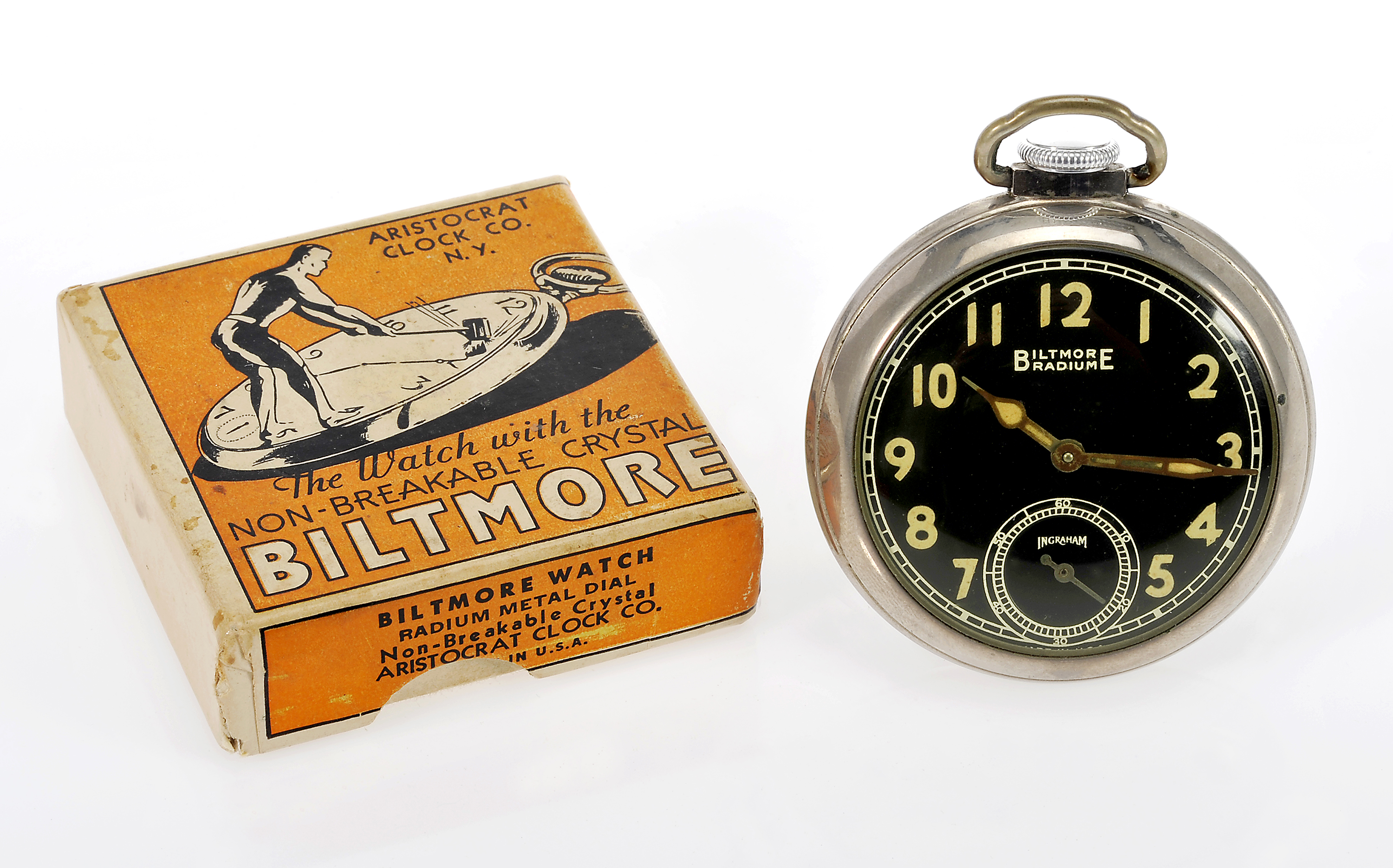
Writing in her 1924 book Pierre Curie, Marie Curie explains: We had an especial joy in observing that our products containing concentrated radium were all spontaneously luminous. My husband who had hoped to see them show beautiful colorations had to agree that this other unhoped-for characteristic gave him even a greater satisfaction than he had aspired to....Sometimes we returned in the evening after dinner for another survey of our domain. Our precious products, for which we had no shelter, were arranged on tables and boards; from all sides we could see their slightly luminous silhouettes, and these gleamings, which seemed suspended in the darkness, stirred us with ever new emotion and enchantment. 1
Today, scientists have demonstrated that this glowing is the result of a phenomenon of physics called Cherenkov radiation, which is also responsible for the blue glow of an underwater nuclear reactor.


Moreover, a sample containing uranium, radium or any other radioactive substance can emit a faint colored light, often blue-green, via phosphorescence. It is usually not the radioactive substance itself that is phosphorescent, but other substances in the sample. These phosphorescent substances most often emit light after being activated by the sun’s rays. Radium, or any other radioactive element in the sample, acts as an almost inexhaustible energy source, replacing the sun’s rays and allowing the sample to glow continuously and spontaneously. Radium was added to phosphorescent paints during the 20th century, up until 1963, for use on the hands and dials of clocks as well as parts of the pilot’s control panel in airplanes.
1Marie Curie, Pierre Curie, 1924.

















